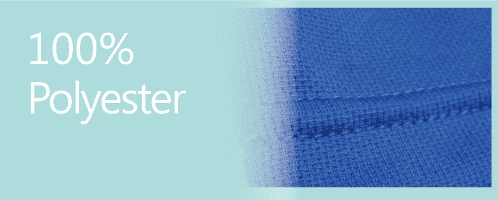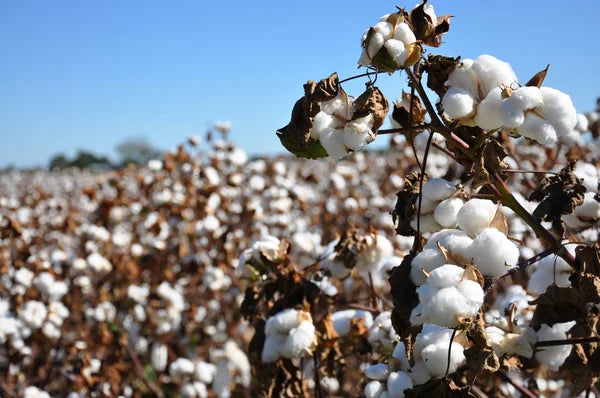How Many Lives Can a Polyester Garment Have?
In 2024, the global polyester apparel market surpassed $150 billion, accounting for over 30% of total clothing production worldwide. Its dominance stems from polyester’s low cost and rapid manufacturing capabilities, particularly driven by increased demand for sportswear, outdoor gear, and functional textiles like moisture-wicking fabrics. Notably, sustainably certified polyester is projected to constitute 25% of global fashion brands’ material sourcing.
This article will explore polyester garments through two modules:
- Production processes and recycling methods
- Innovative technologies enabling efficient polyester decomposition

I. Polyester Garment Production & Recycling Challenges
Misconception Alert: Are polyester clothes made from plastic bottles?
Viral videos showcasing plastic bottles being shredded, melted, and spun into fabric have led many to assume most polyester garments originate from recycled bottles. This is incorrect.
Lifecycle #1: Direct polyester production
The petrochemical industry synthesizes raw polyester pellets. These pellets are molded into:
Beverage bottles (food-grade purity required)
Plastic housings (electronics, appliances)
Textile fibers (melt-spun into yarns and fabrics)

Lifecycle #2: Mechanical recycling limitations
While bottles and garments share the same base material (PET), impurity accumulation restricts circularity:
- ✅ Bottle-to-garment recycling: Clean PET → Recycled polyester (rPET) fabrics
- ❌ Garment-to-bottle impossible: Dyes/mixed fibers → Contaminated melt → Downcycled into non-food products (e.g., acoustic insulation cotton

The irreversible degradation loop
Textile additives (0.5–3% weight) render fabrics unfit for repeated melting. Thus, polyester garments get only two lives:
- Virgin polyester → Garment
- Recycled bottle PET → Garment
II. Carbios’ Enzyme Tech: Unlocking Infinite Polyester Lives
With 90% of global textiles containing polyester, traditional disposal methods (landfills/incineration) waste valuable resources. Chemical recycling dismantles polyester into raw monomers (PTA & MEG) for infinite reuse—until blended fabrics halted progress.
The blended fabric roadblock
Mixed materials (e.g., cotton-polyester blends) introduced impurities until 2020, when Carbios’ enzymatic breakthrough rewrote the rules.

Nature’s precision tool: The Carbios Enzyme
▸ Featured in《Nature》: This engineered enzyme exclusively targets polyester’s ester bonds.
▸ 99.5% purity: Regenerated monomers match virgin polyester quality—achieving closed-loop recycling.
▸ Automatic sorting: Ignores dyes, cotton, elastane; self-identifies polyester in mixed fabrics.
Proof: White T-shirts from textile waste
By late 2024, Carbios partnered with Salomon and Puma to launch 100% recycled white T-shirts—a historic feat considering:
✔️ Removal of dyes/additives without re-bleaching
✔️ Compatibility with multi-material blends (polyester/cotton/spandex)
✔️ Pristine whiteness from unsegregated waste

Conclusion: The Eternal Polyester Journey
Invented in 1941 as a "wonder material," polyester became an environmental liability due to its non-degradable nature. Carbios’ enzymatic solution mirrors nature’s decomposition cycle—transforming old garments into endlessly renewable resources. Like the Ship of Theseus, future polyester clothes may perpetually regenerate, proving technology’s power to harmonize human innovation with ecological stewardship.
Tags:







Leave a comment
Your email address will not be published.